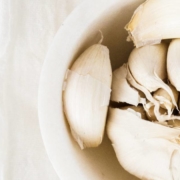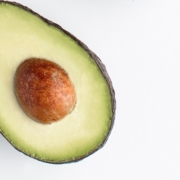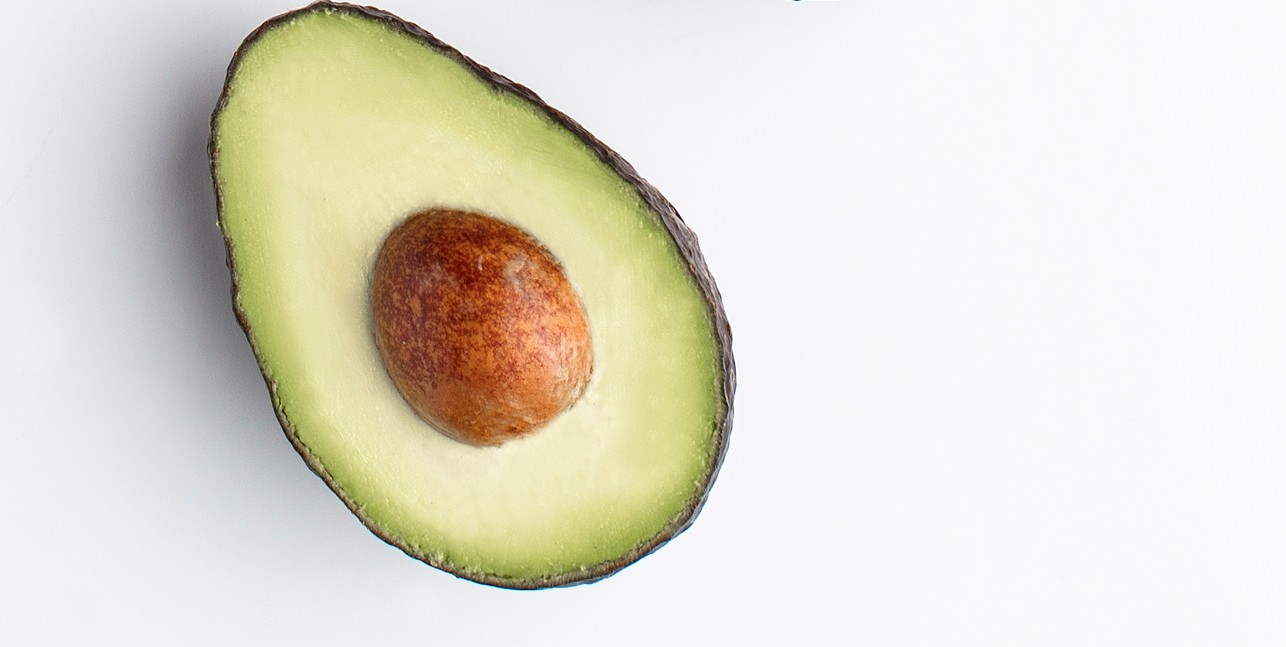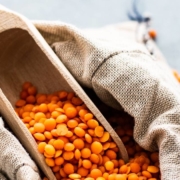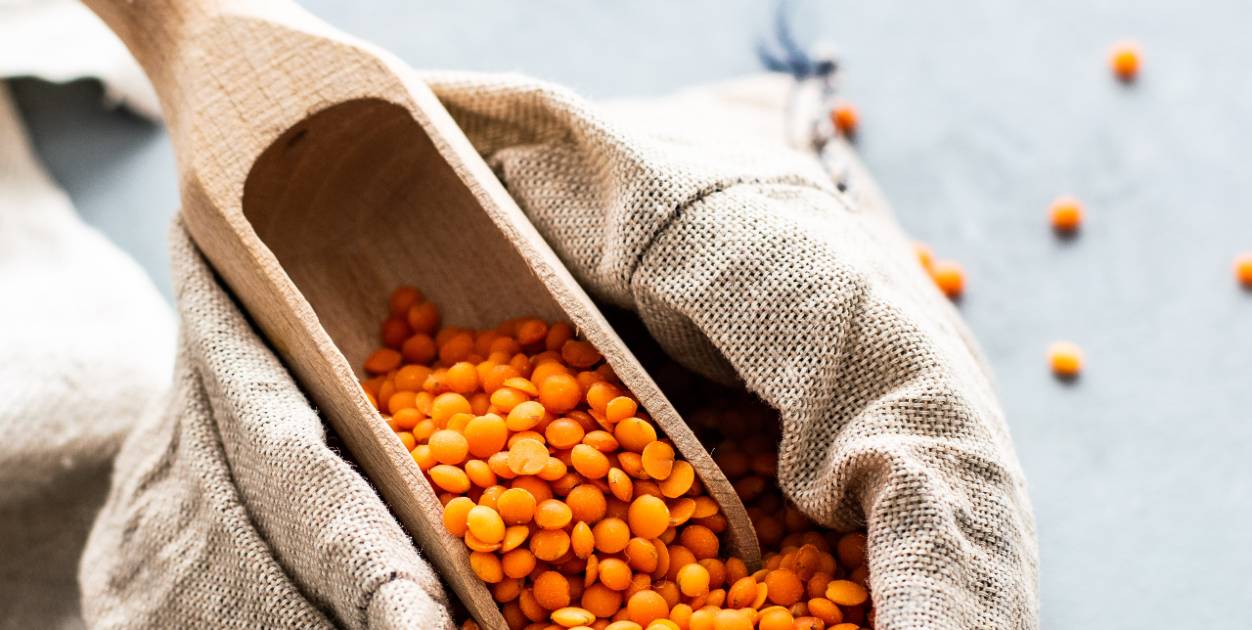Natural Immune Boosters

Depending on where you are in the world, winter has arrived… which means it’s more important than ever to strengthen our immune systems. In this episode, I’m going to share three cheap and easy foods to add into your cooking that will naturally boost the immune system of you and your family.
Sources
https://www.medicalnewstoday.com
https://pubmed.ncbi.nlm.nih.gov
SUBSCRIBE
Subscribe on iTunes here.
Subscribe on Spotify here.
Subscribe on Google Podcasts here.
Transcript
Depending on where you are in the world, winter has arrived… temps have definitely dropped here in Boston which means it’s more important than ever to strengthen our immune systems. In this episode, I’m going to share three cheap and easy foods to add into your cooking that will naturally boost the immune system of you and your family.
Fresh organic garlic cloves are hands down one of the best ingredients you can cook with. Forget about the bad breath, there are so many benefits that outweigh that one con. This magical ingredient not only boasts long-term benefits of lowering blood pressure and cholesterol, AND decreasing the risk of heart disease, but it has actual medicinal properties. Not only does it help to strengthen your immune system, but it can ALSO be used to treat cold symptoms.
There are so many amazing benefits to eating both raw and cooked garlic that I should probably dedicate an entire episode to it. But I do want to tell you about two other ingredients so for now, I’ll link a few sources in the show notes where you can read more about the benefits of garlic — the show notes link is cleanlivingpodcast.com/immune-boosters
Here are some easy ways to incorporate garlic into your diet:
- Mince a raw garlic clove and throw into some olive oil for salad dressing
- Put full cloves on a baking sheet with organic cherry tomatoes and roast in the oven (add to rice pasta or farro)
- Mince a few cloves and add them to vegetable soup or curry
Oh, man I’m getting hungry…
Alright, the second natural immune booster to add to your diet this winter is ginger root. Like garlic, this is not something I’m mentioning just because it’s “good for you.” Ginger root goes back centuries in traditional chinese medicine as having actual medicinal properties.
You’ve probably heard of it being used for nausea, with morning sickness or motion sickness, but gingerol, the bioactive substance in fresh ginger, can help lower the risk of infection by stopping or reducing the growth of many different types of bacteria.
My son had RSV, which is a respiratory virus, the past two winters and one of things I started him on in October was drinking ginger tea a couple times a week. To make it, peel the skin off a two inch chunk of ginger root and then chop the root into smaller chunks. Add the ginger to a pot of filtered water, bring it to a boil and then let simmer for about two hours.
Because ginger tea can be spicy, I diluted the first few cups that I gave my son with half filtered water but now he’ll drink it as is and even asks for it after dinner. Fingers crossed that an increase in ginger to his diet will get us through the winter without any major illness.
And the third natural immune boosting food is red onion, which I didn’t know about until a few months ago. My son was starting back at daycare, and my husband and I always get sick when he goes back to the petri dish. So a week before school started, I was boiling red onion skins and lemon peels to make immune boosting tea — it was pretty gross to drink but none of us got sick. So, it was worth it…
Red onion is one of the best sources of quercetin, a potent flavonoid, and antioxidant that has antiviral properties as well as histamine regulating effects. In other words, it is an amazing home remedy for improving your gut microbiome and strengthening your immune system. It can also be used to treat coughs, sore throats and even a high fever.
Disclaimer that I’m forced to say: I’m not a doctor so none of this is meant to be medical advice — I’m just telling you what I’ve researched.
Here’s the great news, though, you do not have to drink onion tea like my husband and I did to get the immune-boosting benefits.
Sauteed onion works delicious in virtually any dinner you can cook. Throw some raw red onion on a salad, add a few rings of onion to your veggie burger. The options are virtually endless…
And yes, we’ll all be walking around with bad breath but that’s what toothpaste is for. If you haven’t listened to the toothpaste episode yet, that’s important one to catch up (just go to cleanlivingpodcast.com/toothpaste)
Now more than ever it is our individual responsibility to strengthen our immune systems and gut microbiome so that if we do come in contact with a virus, our bodies are able to fight it off and recover quickly. So next time you make a grocery run, make sure you have these three ingredients at check out.
Thanks so much for listening to this episode of The Clean Living Podcast — I’m your host Shannon Lohr. If you learned something today please hit subscribe so you don’t miss an episode. Here’s to creating a cleaner, more sustainable world for all of us.
